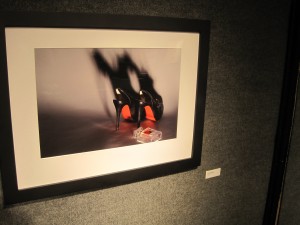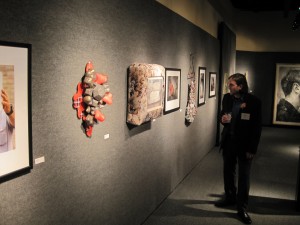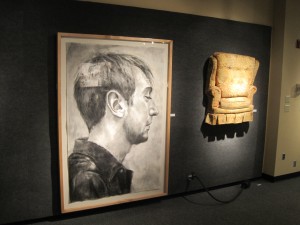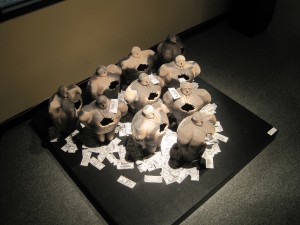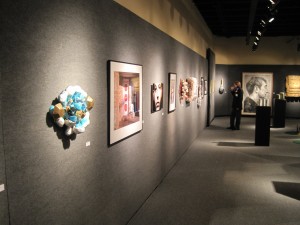This was written by guest blogger Sean Amiri who also works as a radiology technician and writes on the subject of top online universities.
In the close to 20 years since the beginning of the Bosnian War, much has happened. Thousands have been massacred, international forces have intervened, peace agreements have been negotiated, individuals have been tried for war crimes, refugees have fled. Yet, in the midst of this difficult story, it is inspiring to know that people have resisted against the brokenness and destruction that consumed the conflict. Here are two examples of how human spirit and creativity have used art to remember and reconcile the war from its very first year until today.
Witnesses to Evidence
The seige of Sarajevo began in April 1992. Six months later, in the shelled and rundown Sujetska Cinema, a gallery director and eight artists gathered to create something as a witness to the conflict. From that October to April 1993, the artists collaborated on a series of works inside the hidden hallways of the cinema, where Sarajevans frequently passed through to escape snipers outside. The gallery director, Mirsad Purivatra, and the eight artists – Nusret Paši?, Zoran Bogdanovi?, Ante Juri?, Petar Waldegg, Mustafa Skopljak, Edin Numankadi?, Sanjin Juki?, and Radoslav Tadi? – created a living testimony to the war they themselves were living.
The exhibit was themed around and subsequently named Witnesses to Evidence, after Nusret Paši?’s piece. The exhibit was invited to represent Bosniz-Herzegovina at the 45th Venice Biennale, but because of the wartime blockade, the artists and their works were unable to travel. However, later in the spring of 1994, they could finally leave. Witnesses was brought to exhibit at the Kunsthalle in New York, and the schedule was ideal. At the time, international audiences were gathering in New York to discuss the aftermath of the Bosnian conflict. More attention was being given to the consequences of the war.
What many found compelling about Witnesses was not so much its representation of the war, but more so the sense of obligation it passed on to its viewers to act as witnesses to history. After he saw the exhibit in New York, Johannes H. Biringer, an artistic director and the author of Performance on the Edge: Transformations of Culture, wrote a commentary about what the artists had done:
“They build meaningful compositions of the human spirit and intelligence in midst of the war’s insanity,” Birringer stated, “Thus they become also witnesses of our indifference; their irony and resiliency shame us. Their work also proves that it is neither impossible nor frivolous to make art in the time of war; perhaps making art in such a time is as necessary as finding food and shelter and healing the wounded.”
Most Mira
A little over a decade after Witnesses exhibited in New York, Bosnian-born Kemal Pervani? and social researcher Lea Esterhuizen founded Most Mira, a charity organization based in Britain and Bosnia. Most Mira means ‘Bridge of Peace’ and fittingly, the organization’s mission is to build understanding and tolerance among youth in Northwest Bosnia by means of creative community arts.
Imagine this: 500 Bosnian, Serb, Croat, and Roma kids frolicking around for a week dancing, playing games, playing music, painting, writing, and singing. It’s a picture in stark contrast to war. That picture is of the Youth Festival that Most Mira has organized since 2009. And now, the charity’s energetic and innovative Trustees and Action Team are in preparation to launch this year’s festival scheduled for May 16-20, five days of workshops in art, drama, circus skills, dance, music, media, and performance. With May approaching, they’re in the last leg of the hunt to recruit volunteers, the ones who really make the festivals possible. Though, the point of it all reaches far beyond the fun and games. In a fragmented society shadowed by the war’s aftermath, what Most Mira and these volunteers do is help continue the work of remembrance and reconciliation that began in Sarajevo all those years ago.
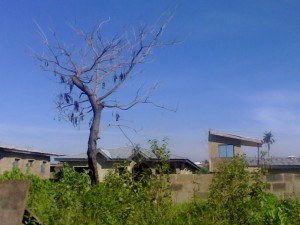 Were this not the case however, I still would not know how to plant trees. I do not know what a tree seedling looks like. I can recognize a few trees by name: mango, guava, iroko (barely) and teak but I have never been good at tree planting. Growing up as a child in a large compound with trees of guava, iyeye and a few others of plantain and banana littered around the house, I am appreciative of their enticing pleasures. The first time I was stung by a bee was from throwing stones at their mound seen on the iyeye tree within our compound. I spent other countless moments of childhood revelry bouncing on top of branches of the guava tree behind my mother’s bedroom. I can’t imagine what childhood would have been like without those experiences. Just thinking about them brings the feeling of cool breeze back around my head.
Were this not the case however, I still would not know how to plant trees. I do not know what a tree seedling looks like. I can recognize a few trees by name: mango, guava, iroko (barely) and teak but I have never been good at tree planting. Growing up as a child in a large compound with trees of guava, iyeye and a few others of plantain and banana littered around the house, I am appreciative of their enticing pleasures. The first time I was stung by a bee was from throwing stones at their mound seen on the iyeye tree within our compound. I spent other countless moments of childhood revelry bouncing on top of branches of the guava tree behind my mother’s bedroom. I can’t imagine what childhood would have been like without those experiences. Just thinking about them brings the feeling of cool breeze back around my head.
